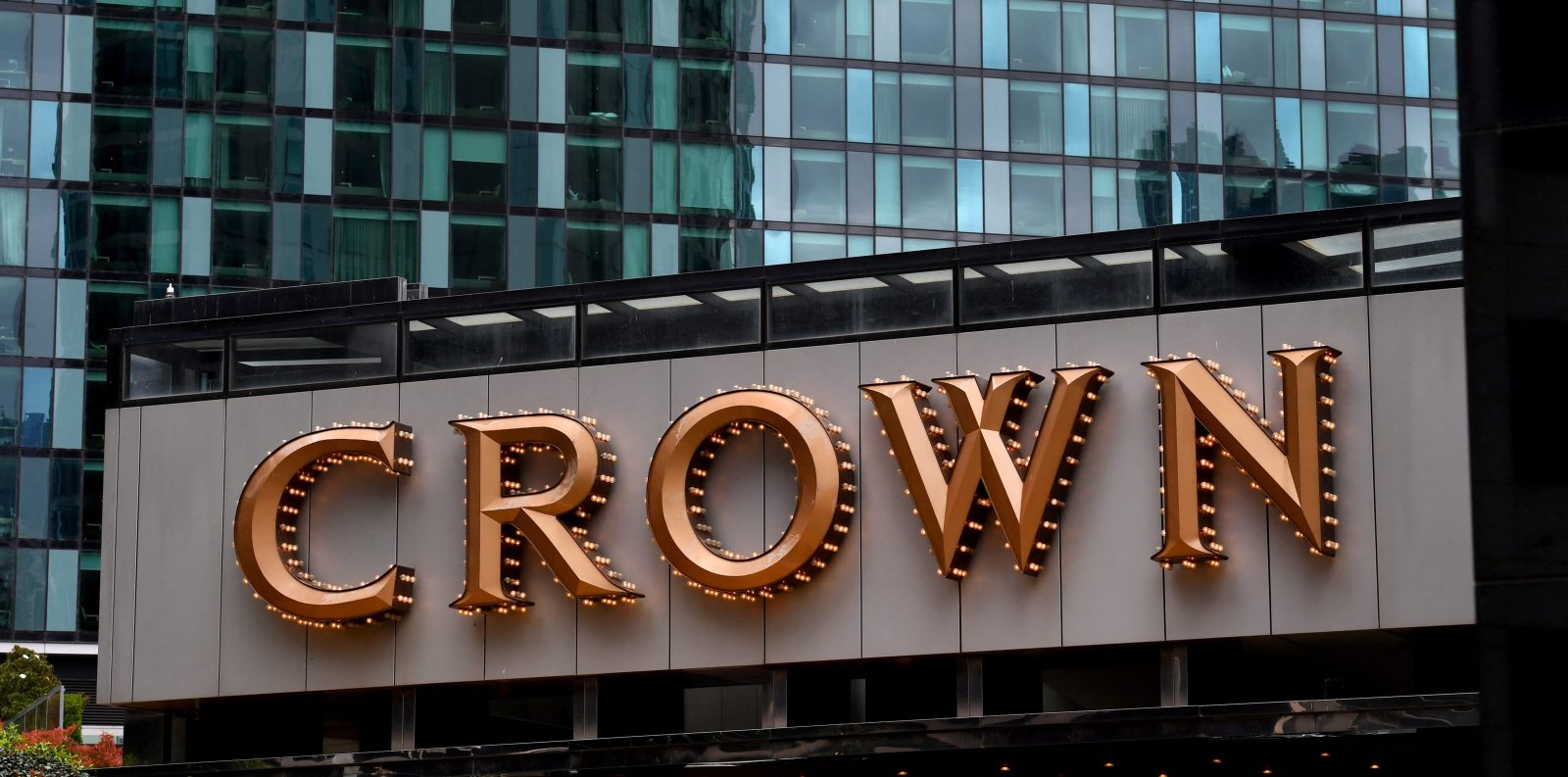Macro Factors: What’s on CMC Markets’ radar for 2024
BRANDVOICE
Against a backdrop of wars, recession and elections, 2024 is still, remarkably, poised to be a good year for global markets. CMC markets’ Michael Bogoevski shares what’s on his radar for 2024.

A month into 2024 and the world is staring down the barrel of two wars, possible recessions, and political elections around the globe, including the US in November. Despite the gloomy backdrop, consensus among investors is that globally, we are on the precipice of a major uptrend in markets – and the business cycle is likely coming back in black.
A good litmus test for this theory, CMC Markets’ Head of Distribution for APAC and Canada, Michael Bogoevski, says, is often the performance of markets in the final months of the previous year. For 2023, performance was positive.
“There was a pivot by the Fed,” Bogoevski says, referencing a shift in the US Federal Reserve’s monetary policy announcing a hold in rates and indications of cuts through this year. That took markets by surprise. Many central banks across the globe – including Australia’s own Reserve Bank – followed, opting to keep benchmarks unchanged. In response, both bonds and equities rallied during November and December.
“That’s not common,” Bogoevski says.
The US 10-year yield ended 2023 at about 4% – after a two-month rally – and the NYSE FANG+, which tracks the performance of the ‘magnificent seven’ (Apple, Microsoft, Nvidia, Amazon, Meta, Tesla and Alphabet), saw an increase of 98% for 2023. Even Bitcoin finished up nearly 160% on the year.
Australia’s benchmark index, the ASX200, increased about 5% in 2023. That’s largely because it is weighted by mining and banking stocks, whereas the S&P 500 enjoyed the fruits of the tech rally.
Looking back at the 2023 calendar year, the S&P 500 recorded a 20% increase, and the NASDAQ gained 42% – nearing its strongest year in two decades. Bogoevski’s not sweating the tech-heavy benchmark’s shaky start to 2024 – “I’m not worried one iota about the first few weeks of the year – the real money flows don’t happen until everyone’s back in the office”.
Looking ahead, Bogoevski says there are three macro trends to consider for 2024.
Interest rates and liquidity
Inflation dominated conversations across 2022 and 2023, but as it begins to moderate, interest rates are starting to take centre stage. In early January, the US Futures market was pricing in 230 basis points of cuts by April 2026, and Bogoevski says he expects to see rate cuts begin as early as March this year.
“Interest rates are simply too restrictive right now for where we are in the business cycle,” he says.

“With inflation cratering at a fast rate – and in fact, some estimate the true inflation rate is around 2.2% – interest rates don’t need to be as high as they are. You’re better off for real interest rates (net of inflation) to be closer to zero if you want to start the economy.”
But how far will rates fall? That depends on whether the US enters a recession (becoming less likely) or the Fed realises its policy is simply too restrictive for the current period. In the case of recession, rates will be cut quickly, Bogoevski claims. If it’s a softening of restrictions, we’ll likely see a 25-basis point cut and gradual cuts thereafter.
“I don’t believe the markets will react to this because it’s all well-priced,” he says. “It’s just whether the US is in a recession or we’re too restrictive, and we don’t know the answer
to that yet.”
On this point, Bogoevski believes the US and Australian economies have likely avoided a recession, but certain sectors may not have been so lucky. The forward-looking PMI [Purchasing Mangers’ Index] data, which measures the manufacturing and services industries, reveals manufacturing has likely been hit. In December, the US services PMI registered 50.6 points, a 2.1-point decrease compared to the November reading of 52.7 points. Though January data showed manufacturing PMI increased to 49.1 points from 47.1 points in December, a reading below 50 indicates the manufacturing sector economy is generally contracting although the numbers are better than expected given where we are in the business cycle.
“The services data has been stronger than the manufacturing data,” Bogoveski says, adding, “US manufacturing and global manufacturing more broadly has absolutely been in recession. Chinese demand for luxury goods and automobiles has dropped off a cliff, and on top of that, you’ve got the cost of energy going through the roof.” This has directly impacted the EU in 2023.
US Election
Another macro factor to consider in 2024 is the much-anticipated US election, scheduled for November 5. Current President Joe Biden is running for re-election, and his predecessor, Donald Trump, launched his bid for re-election in 2022. Historically, the period leading up to the election has proved more volatile for markets than the election itself, Bogoevski says, though historically, an election hasn’t taken place against a backdrop of two wars (between Russia and Ukraine, and Israel and Palestine).
“The fact is, we could potentially get someone with a very different foreign policy agenda,” Bogoevski says. “Trump, for example, has a very different view of US foreign policy than Biden does, particularly on Ukraine and Russia and the Middle East. He has, from my understanding, no interest in wars, which means they may retract from their positions, which will probably destabilise relationships.”
As a result, Bogoevski says markets will continue to remain volatile until polling numbers solidify. In December last year, Biden’s political standing faced the weakest point of his presidency when early polls revealed the current President lagged Trump by four percentage points, 47% to 43%.
But, given the overall performance of the US economy during Biden’s term, he may be in with a shot.
“Anything can happen, but it’s very unlikely for the US to change a president when the business cycle is positive and after getting out of what could have been a recessionary period.”
Technology and AI
While 2023 brought with it the wave of artificial intelligence (AI) and the likes of OpenAI and ChatGPT, 2024 will start to see AI solidify as a commercial opportunity.
“AI isn’t about kids copying work or never having to write a thesis – it’s about huge corporate cost savings,” Bogoevski says.
“The big seven have been priced accordingly, with their ability to use this technology to find productivity in their business. They all rose and took the NASDAQ up with them.”

Bogoevski likens AI to Bitcoin – plenty of positive factors, but so far, the industry remains largely unregulated, and many have failed to realise its commercial possibilities.
“I think it’s one of those things – we’re going to see businesses using it as a tool for good. Countries and companies will have their own AI uses. We’ll start to see how a sovereign
uses it, and corporates use it.”
All in all, Bogoevski expects, from an investment perspective, a broad-based rally that sees the wider indices catch up to the success of the S&P and the Nasdaq.
“We’ll start to see names outside of the big seven and the Nasdaq pop up. I think we’ll start to see a consistent bull market.”
“The fact is, we could potentially get someone with a very different foreign policy agenda.”
Seek independent advice and consider the relevant Terms and Conditions at cmcmarkets.com.au when deciding whether to invest in CMC Markets products. CMC Markets Stockbroking Limited (ABN 69 081 002 851 AFSL No. 246381).


